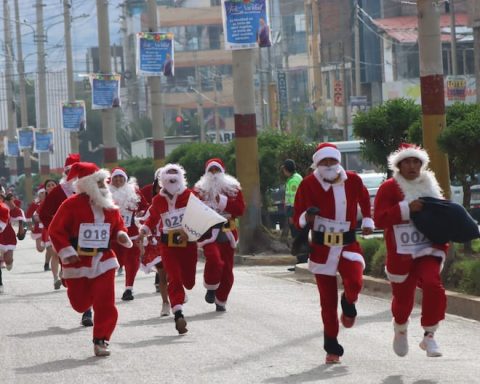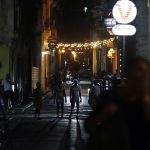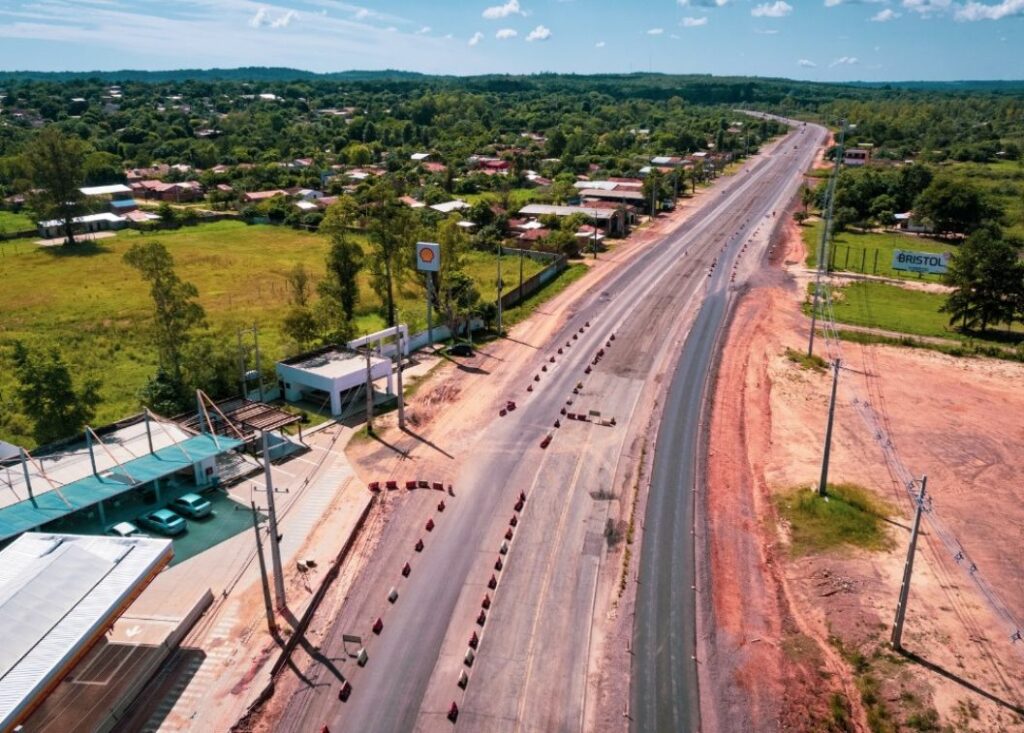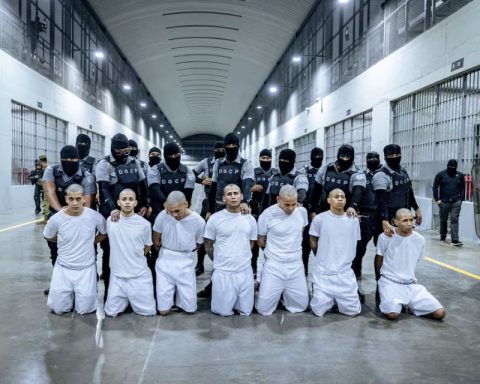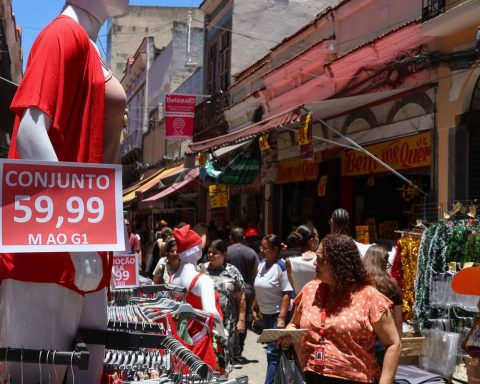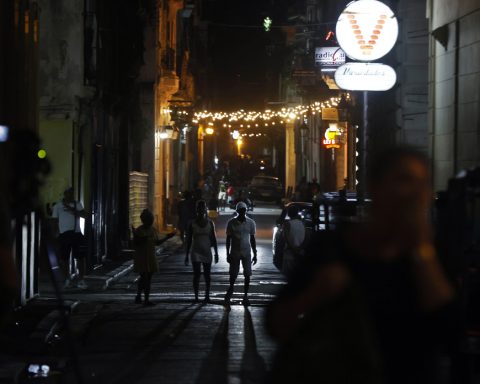The origin of the historical novel is linked to the 19th century. The works of Walter Scott are for many the starting point. To define it, the Hungarian theorist Georg Lukács has pointed out some conditions: narrating the past while maintaining and respecting the characteristics of the time; revitalize it through fiction and highlight the crucial events and characters of that time. The American critic Seymour Menton talks about a contemporary historical novel that, unlike the previous one, uses history but is exempt from its officialism, with the aim of questioning it based on a new interpretation.
“A place under the sun” by Huancavelican writer Alberto Chavarría Muñoz is articulated under these ideas. The novel is located in Huancayo in the twenties of the last century and delves into the legend of the treasure of Catalina Huanca. Here is a first hit. He opts for the historical genre nuanced with the police to, from fiction, provide a theory about the mythical hiding place of that wealth. The story is this: An American anthropologist disappears in 1923, at the hands of an Andean “witch”, while looking for said treasure. One hundred years later, an officer is in charge of investigating what happened to that “gringo”. First note: a better treatment of the diegetic information would have allowed a consistent and unbreakable plot, but as the sample sounds like a shell.
WATCH THIS: The novel of an old Boom, criticism of the book “A lost story” by Juan Pablo Meneses
The twenty-six chapters —with certain pages that could well have been eliminated, such as chapters 2, 11, 19— present a well-articulated scaffolding, with interspersed sections. On the one hand, a researcher arriving in Huancayo to study the wanka culture and on the other, the police behind his whereabouts. The author’s research regarding the time, its characters, its conflicts, and the city itself is undeniable and plausible. There is a great display of information regarding the old Huancayo and the society of those years.
But this is where the second and main defect of this book arises. Chavarría, author, overcomes the narrator and tries, in an exaggerated way, to show data, descriptions and dates that, instead of contributing, make noise. In his attempt to comply with the canons of the historical novel by Lukács or Menton, he fails due to excess. The writer Martin Amis once commented that it seemed to him that, in his last novels, Philip Roth tried very hard to show how much it had cost him to write them. Chavarria too.
His prose is bumpy, which makes it difficult for the story to maintain the rhythm that it acquires at times, this contributes to the dialogues sounding false, blurring the characters, with gestures and phrases that distance them from the necessary verisimilitude in any fictional contract. The author is not Arguedas, so when he tries to imitate the ideolect of the Andean man, he ridicules him. In his favor, chapter 21, where a “laya” performs a death rite on a hill in the valley, is a very well constructed recreation.
WATCH THIS: X-ray of the trade, criticism of the book “La pasión y la condenació” by Juan Villoro
At the technical level, Chavarría opts for an omniscient narrator at the beginning, with a personal, intimate voice, which he achieves through internal focus. Towards the middle, however, a voice appears in the first person, further on in the second and towards the end there is a mixture of points of view that is not an aesthetic bet but a mistake, perhaps, due to the lack of an editor. The notes of a police investigation logbook that includes the novel or the changes of points of view give the narrative a breather, but its lack of consistency makes the resource look like a failed attempt.
After many years, a historical novel set in Huancayo is published —by the way, illustrious men from the province are recognized— and it is plausible. It would be necessary to strip it of historicism and modulate a technique that has high points, but above all low points. Finally, there are editorial errors and bugs that should be corrected in a second edition.

